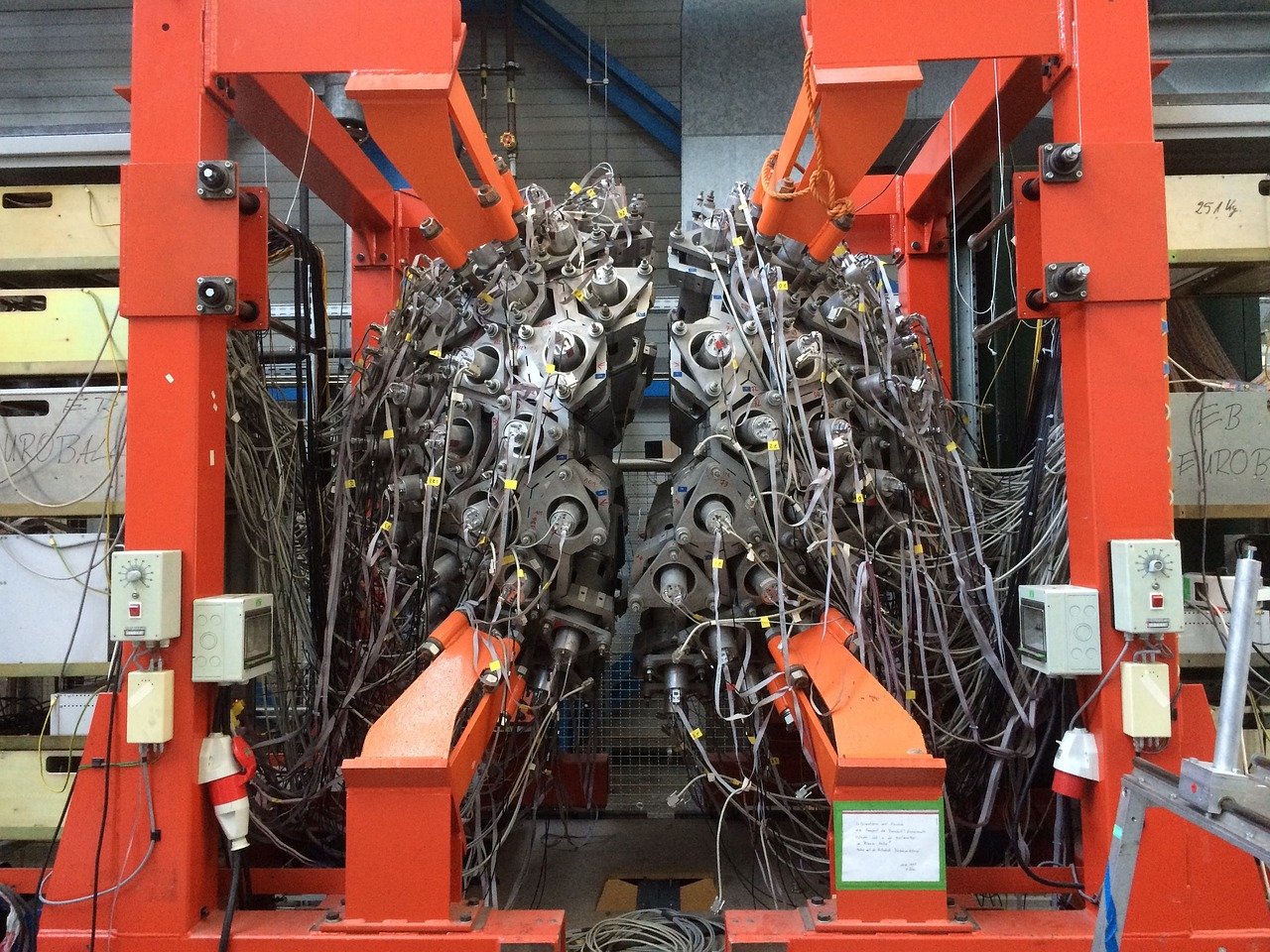In a groundbreaking discovery, scientists have observed quantum entanglement at an incredibly small scale—within individual protons. This revelation, published in the journal Reports on Progress in Physics, challenges our traditional understanding of protons and opens new doors for exploring the quantum world.
What is Quantum Entanglement?
Quantum entanglement is a phenomenon where two or more particles become interconnected, such that the state of one particle instantly influences the state of another, no matter the distance between them. Albert Einstein famously called this “spooky action at a distance” because it defies classical physics, where nothing can travel faster than the speed of light.
Until now, entanglement has been observed primarily between separate particles, such as photons or electrons. However, this new research reveals that entanglement also occurs within the fundamental particles that make up protons—quarks and gluons.
The Experiment: Probing the Inner Workings of Protons
To uncover this phenomenon, a team of physicists analyzed data from high-energy particle collisions at facilities like the Large Hadron Collider (LHC) and the Hadron-Electron Ring Accelerator (HERA). These collisions produce sprays of particles, allowing scientists to study the internal structure of protons.
- Key Technique: The team used a method developed in 2017 that applies quantum information science to electron-proton collisions. By measuring the disorder, or “entropy,” of the particles produced in these collisions, they could infer the presence of entanglement.
- Findings: The results showed that quarks and gluons within protons are “maximally entangled,” meaning their states are deeply interconnected. This entanglement is a consequence of the strong nuclear force that binds quarks and gluons together.
Why This Discovery Matters
This discovery has profound implications for our understanding of quantum mechanics and nuclear physics:
- Rethinking Proton Structure: Traditionally, protons were viewed as simple collections of quarks and gluons. This research reveals a far more complex and dynamic system, where entanglement plays a central role.
- Strong Nuclear Force: The findings shed light on the strong nuclear force, one of the four fundamental forces of nature, which holds atomic nuclei together.
- Quantum Decoherence: The study raises questions about how entanglement behaves in different environments, such as within atomic nuclei. Future experiments could explore whether entanglement is disrupted in crowded nuclear environments, a phenomenon known as quantum decoherence.
The Road Ahead: Electron-Ion Collider (EIC)
The discovery sets the stage for future research at Brookhaven National Laboratory’s Electron-Ion Collider (EIC), set to begin operations in 2030. The EIC will allow scientists to study entanglement in protons embedded within atomic nuclei, providing deeper insights into quantum behavior and its connection to nuclear physics.
As team member Zhoudunming Tu explained, “Looking at entanglement in the nuclear environment will definitely tell us more about this quantum behavior—how it stays coherent or becomes decoherent—and learn more about how it connects to the traditional nuclear and particle physics phenomena that we are trying to solve.”
A New Era of Quantum Exploration
This discovery not only deepens our understanding of the quantum world but also highlights the intricate and interconnected nature of the universe at its most fundamental level. By revealing entanglement within protons, scientists have unlocked a new frontier in quantum physics, paving the way for groundbreaking advancements in nuclear research and beyond.
For more details on this discovery, visit Brookhaven National Laboratory’s official website or explore the latest research in quantum physics at Space.com.







